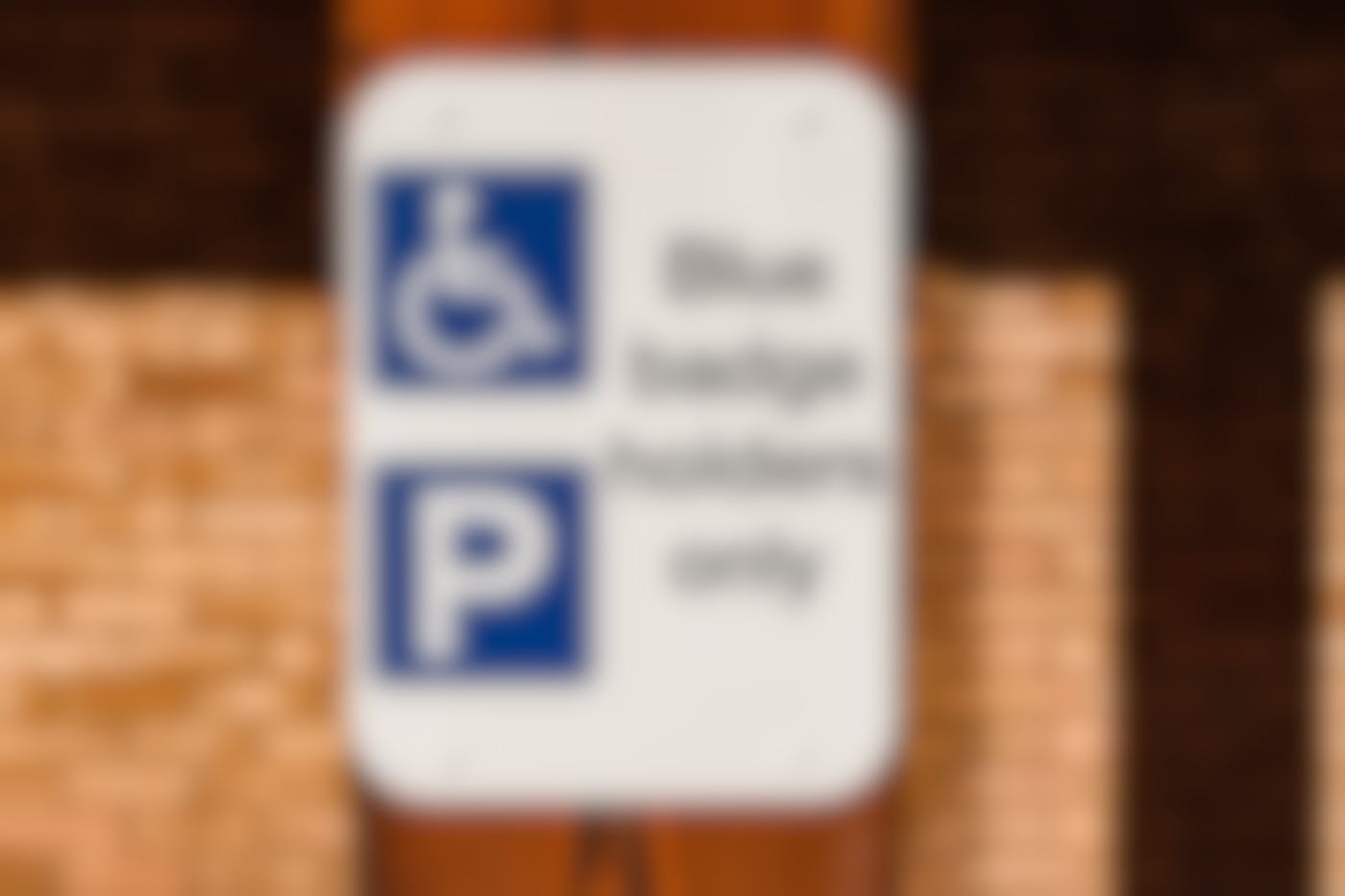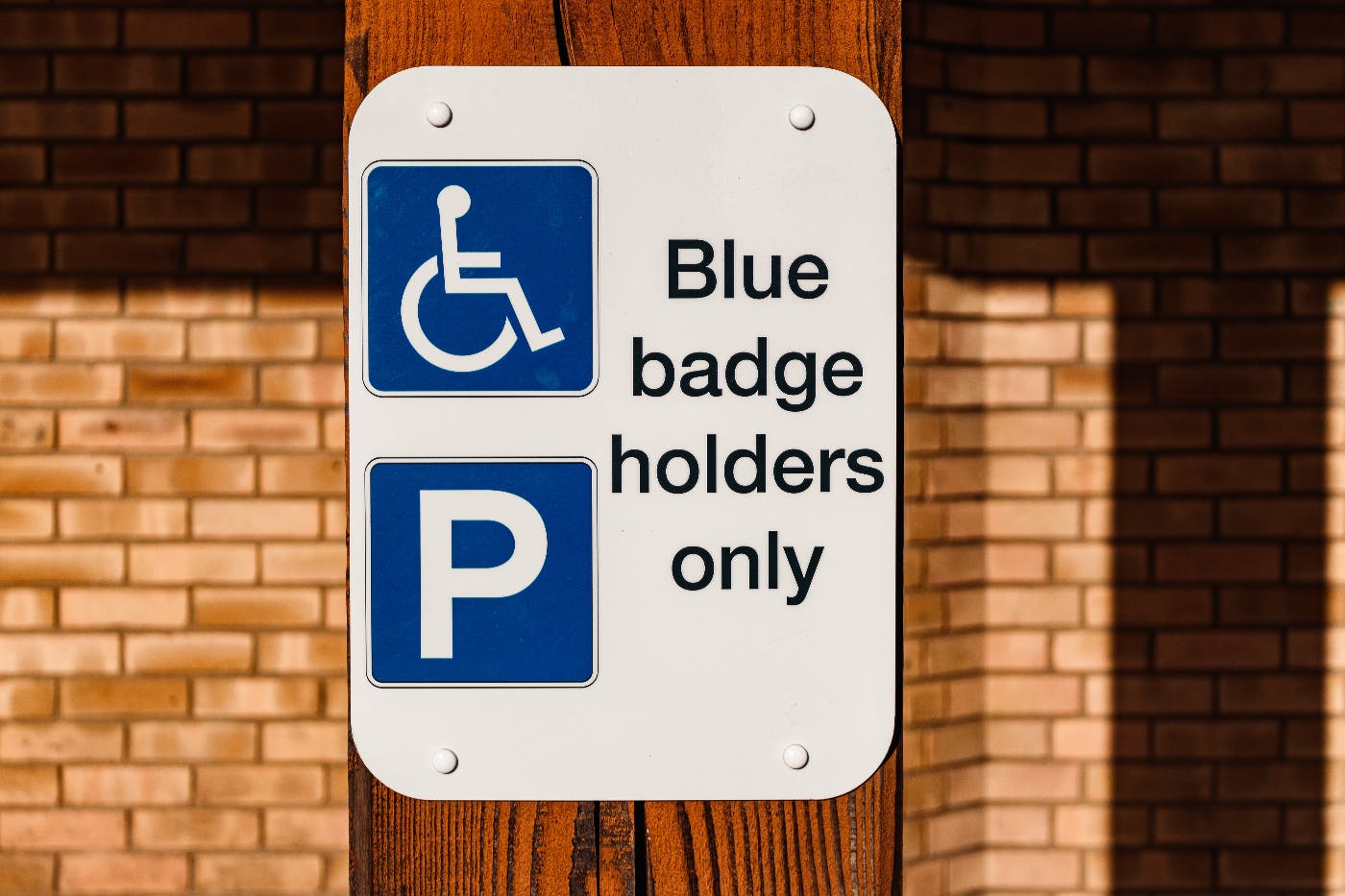
However, for individuals with disabilities, navigating and accessing websites can often be a challenging and frustrating experience.
In today's digital age, websites play a crucial role in our daily lives, serving as gateways to information, services, and opportunities. However, for individuals with disabilities, navigating and accessing websites can often be a challenging and frustrating experience. As web designers and developers, it is our responsibility to ensure that websites are inclusive, providing equal access and opportunities for all users. In this article, we will explore the importance of designing for accessibility and discuss key considerations for making professional websites inclusive to all.
Understanding Accessibility
Accessibility refers to the practice of designing websites and digital content in a way that allows people with disabilities to perceive, understand, navigate, and interact with them effectively. Disabilities can range from visual, auditory, physical, or cognitive impairments, and each presents unique challenges when accessing and using websites. By designing with accessibility in mind, we can break down barriers and provide a seamless browsing experience for everyone.
Key Considerations for Accessibility in Web Design
- Clear and Consistent Layout: A well-structured layout is essential for accessibility. Use headings, subheadings, and appropriate typography to organize content logically. Consistency in design elements, such as navigation menus and buttons, helps users navigate through the website easily.
- Color Contrast: Ensure sufficient color contrast between text and background elements to aid individuals with visual impairments. Avoid using color alone to convey important information and provide alternatives, such as text labels or symbols.
- Alternative Text for Images: Provide descriptive alternative text (alt text) for images, enabling screen readers to convey their content to visually impaired users. Alt text should be concise, accurate, and relevant to the image.
- Keyboard Accessibility: Many users rely on keyboard navigation instead of a mouse. Ensure that all interactive elements, such as links and form fields, are easily accessible and operable using the keyboard alone. Focus indicators should be clearly visible to indicate the active element.
- Captions and Transcripts: Including captions for videos and transcripts for audio content ensures that individuals with hearing impairments can access the information presented. Captions should be synchronized with the audio and accurately convey the spoken words, sound effects, and other relevant auditory information.
- Form Design: Design forms with simplicity and clarity in mind. Provide clear instructions, validation messages, and error indications. Ensure that form fields are properly labeled and that input requirements are explicitly communicated.
- Scalable Text and Responsive Design: Allow users to adjust the text size to their preference without affecting the overall website layout. Responsive design ensures that websites adapt and display correctly across various devices, including mobile phones and tablets.
- Assistive Technology Compatibility: Test websites with different assistive technologies, such as screen readers, speech recognition software, and alternative input devices. Ensure compatibility and optimize the website's performance with these tools.

Benefits of Accessible Design
Designing for accessibility goes beyond compliance with legal requirements. It creates a more inclusive digital environment, benefiting a wide range of users, including older individuals and those temporarily disabled. Additionally, accessible websites tend to have improved search engine optimization (SEO), enhanced usability, and increased user satisfaction, leading to a broader audience reach and better user engagement.
When your site isn’t accessible
When a website is not designed for accessibility, it can have significant consequences for users with disabilities. Firstly, individuals with visual impairments may face challenges in accessing the content if the site lacks proper alt-text descriptions for images, making it impossible for screen readers to convey the information. Similarly, the absence of proper color contrast can make it difficult for people with color blindness or low vision to navigate and comprehend the content.
Moreover, individuals with mobility impairments may encounter obstacles when the website lacks keyboard navigation support or contains elements that are not easily clickable. This can prevent them from interacting with crucial features or completing tasks effectively. Additionally, people with hearing impairments may struggle to engage with multimedia content if there are no captions or transcripts provided. Without such accommodations, valuable information may be lost to these users.
Furthermore, a website that is not designed for accessibility can inadvertently exclude a significant portion of the population. This not only leads to frustration and discouragement for users with disabilities, but it also results in missed opportunities for businesses. Inaccessibility may cause potential customers to abandon the site, resulting in decreased engagement, loss of conversions, and negative brand perception.
In terms of legal implications, not considering accessibility may lead to legal challenges and non-compliance with accessibility standards and regulations, depending on the jurisdiction. Governments around the world are increasingly recognizing the importance of inclusive digital experiences and enforcing accessibility requirements to ensure equal access for all individuals.
Ultimately, when a website lacks accessibility, it perpetuates a digital divide, hindering inclusivity and equal opportunities for people with disabilities. Designing and developing websites with accessibility in mind is not only ethically imperative but also essential for fostering a more inclusive and diverse online environment.

Summing Up
Designing professional websites with accessibility in mind is not only ethically responsible but also highly beneficial for businesses and organizations. By considering the needs of individuals with disabilities, we can create websites that are welcoming, usable, and inclusive to all users. Incorporating accessibility features and following best practices in web design empower everyone to access information, engage with services, and participate in the digital world on an equal footing. Let us strive to make accessibility a fundamental aspect of every professional website we create, fostering a more inclusive and equitable online landscape.
ThoughtLab, a full-service creative agency, understands accessibility and is up on all the rules and best practices. This is a very byzantine side of website design, and if you’re not familiar with all the ins and outs, you could find yourself in a lot of trouble. Talk to ThoughtLab for a free consultation and make sure your website is compliant and accessible. A website that isn’t accessible to everyone means your business and brand are not accessible as well.

